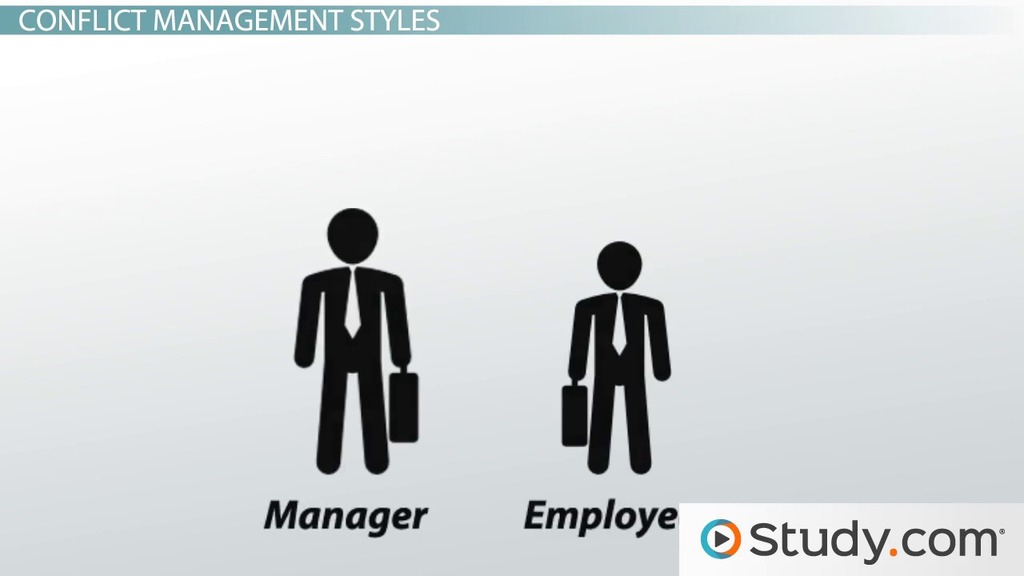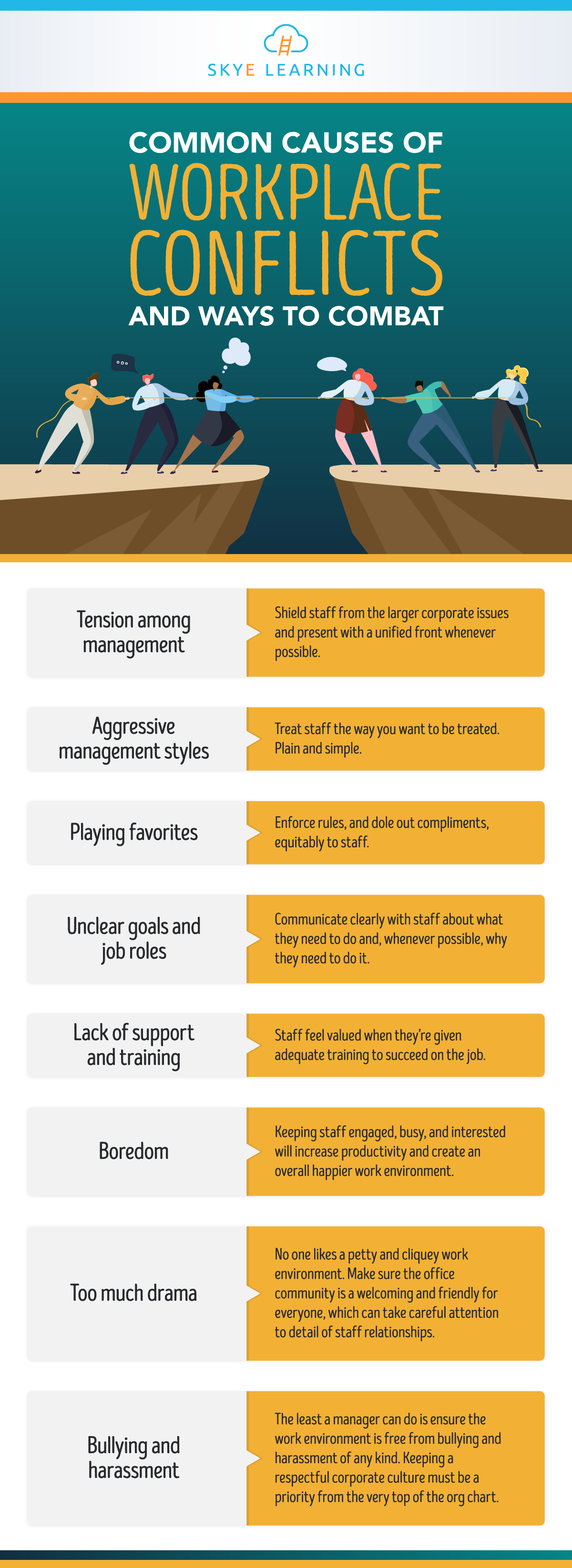
When evaluability is low, candidates resort to averaging as the decision rule, whereas adding is used when evaluability is high. These findings indicate that in all three conditions, job choice decisions are influenced by the evaluability of the choice set, which becomes low when a single job offer is evaluated without any context, or when more than two job offers are evaluated simultaneously, and becomes high when two jobs are compared with each other. In Study 2, it was found that average values of attributes across options (e.g., average salary in all job offers received) influence job choice when more than two job offers are evaluated simultaneously.

In Study 1, it was found that when a single job offer is evaluated, the average of perceived values of attributes in an offer (e.g., the perceived attractiveness of a salary) drives the choice, whereas the difference between jobs is what matters when two jobs are evaluated simultaneously, potentially leading to a preference reversal between conditions when the same two jobs are evaluated. The current study examined the process through which job choice decisions are made under three conditions: when evaluating a single job offer, when comparing two job offers, and when evaluating more than two job offers. While the unique roles of individual job attributes (e.g., salary and benefits) in job and organizational attraction have received extensive research attention, research examining the mechanisms through which an overall evaluation of a job option is made by combining evaluations of individual attributes is scarce. Informational messages have a smaller but positive impact on bargaining outcomes in both trustworthiness conditions and appear to build trust. Compared with no communication, relational messages elicit the most positive (negative) outcomes when trustworthiness reputations are high (low). Experiment 3 shows the effects of communication type are contingent on the prevailing level (high or low) of trustworthiness reputations in the dyad. However, contrary to economic intuition, the gains from communication accrue asymmetrically to the uninformed manufacturer. In both studies, the larger extracted surplus increases manufacturer profits without affecting distributor profits.

In Experiment 2, mutual reputations of high (versus low) rustworthiness also produce quicker and more efficient agreements. The effects are stronger when manufacturer uncertainty is relatively high. Compared with when bargainers communicate only through offers and counteroffers, explicit communication produces quicker and more efficient agreements. In Experiment 1, bargainers use informational and relational messages to establish a positive social tenor in the interaction. This article reports three experiments that examine how communication types (informational, relational, and coercive messages) and mutual trustworthiness reputations influence sequential bargaining between an uncertain manufacturer and an informed distributor in a marketing channel.


 0 kommentar(er)
0 kommentar(er)
